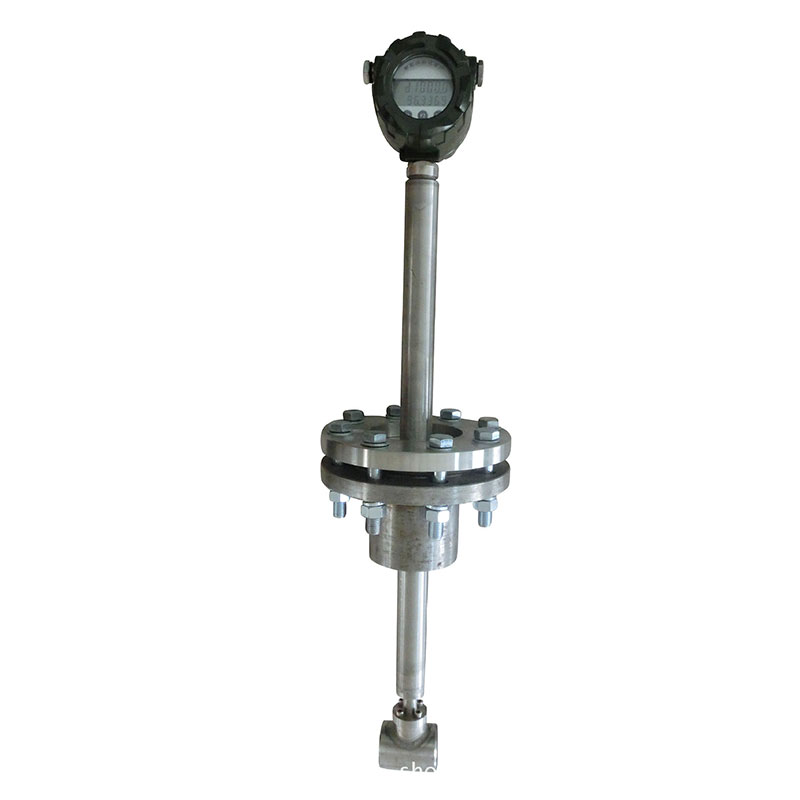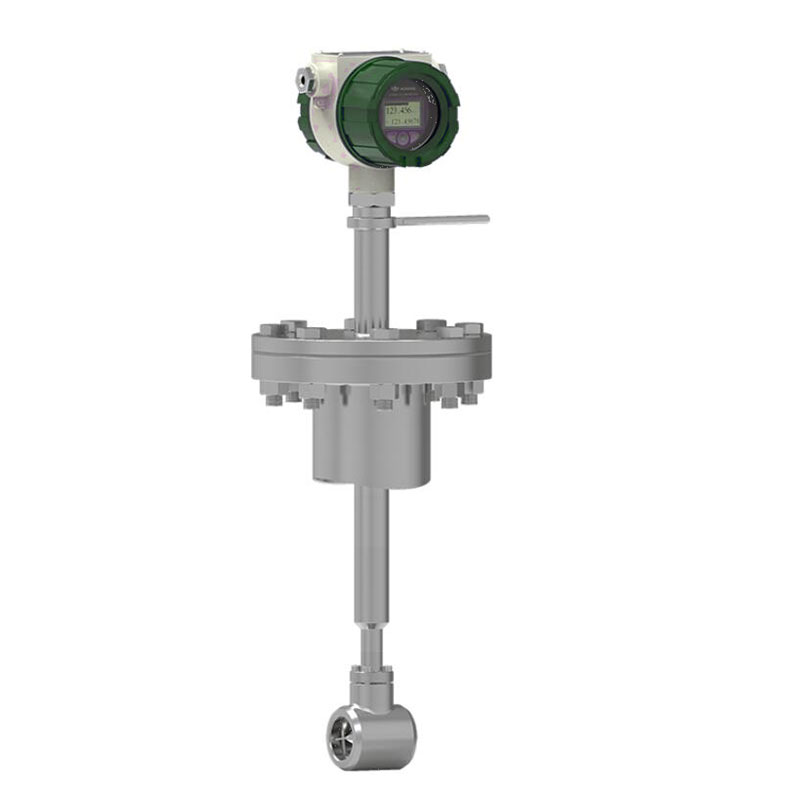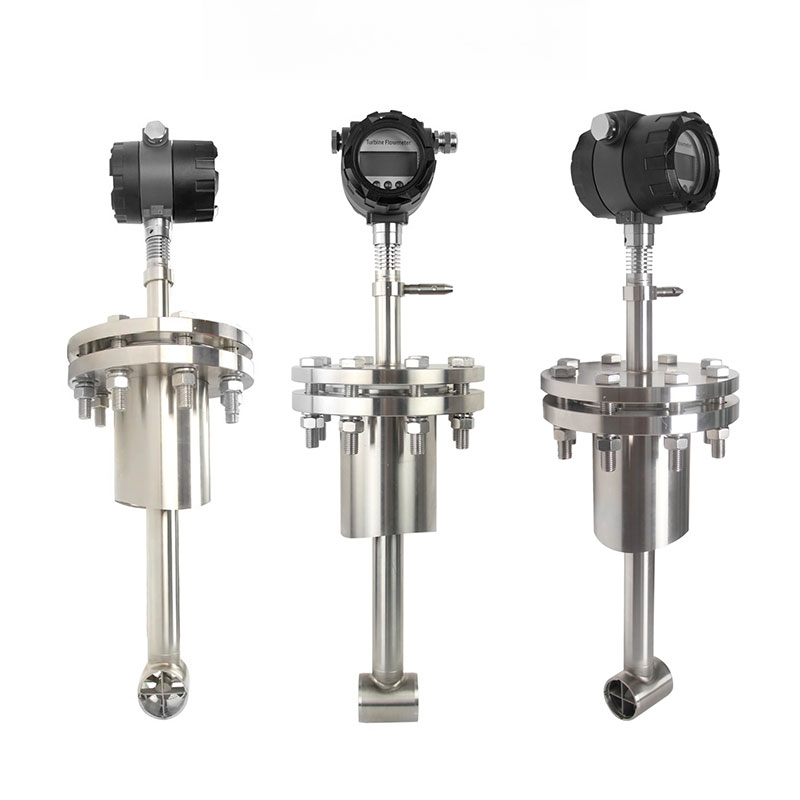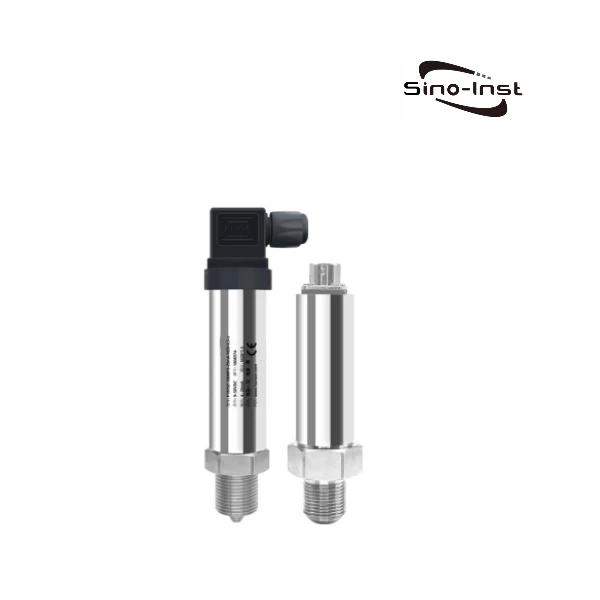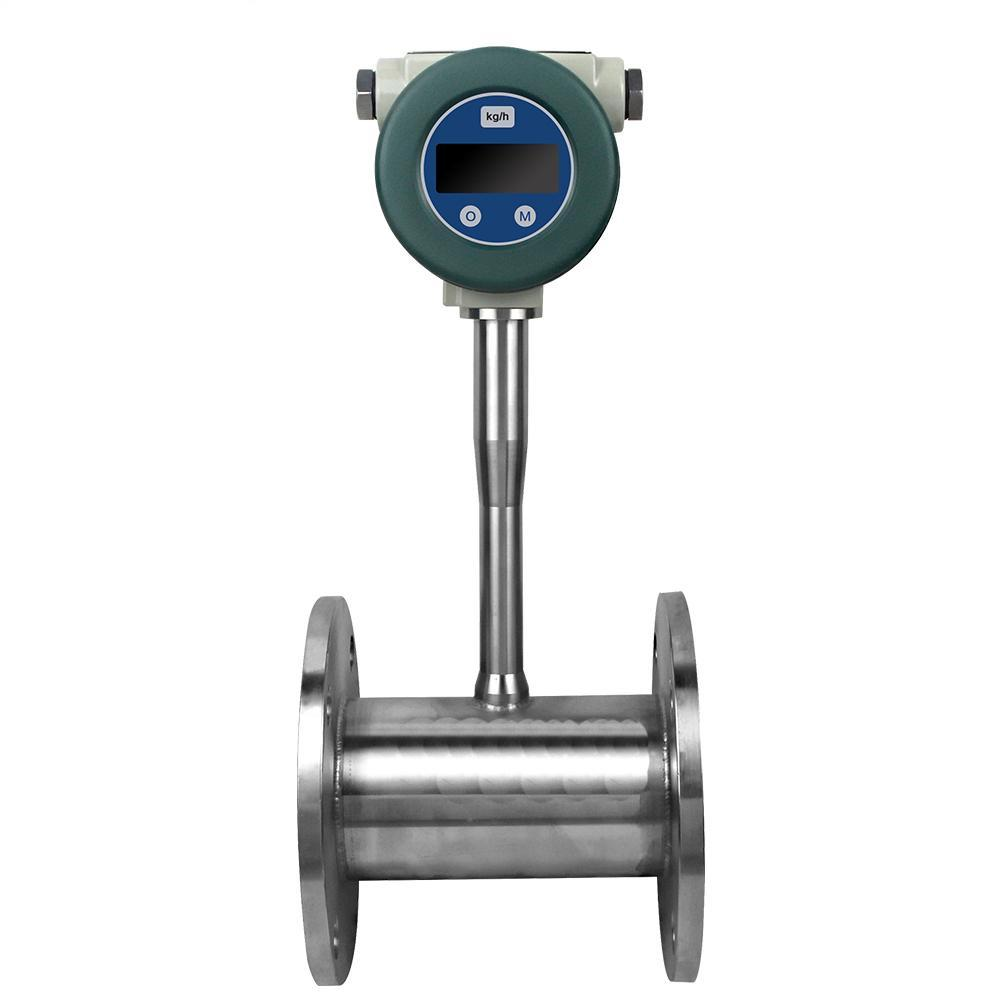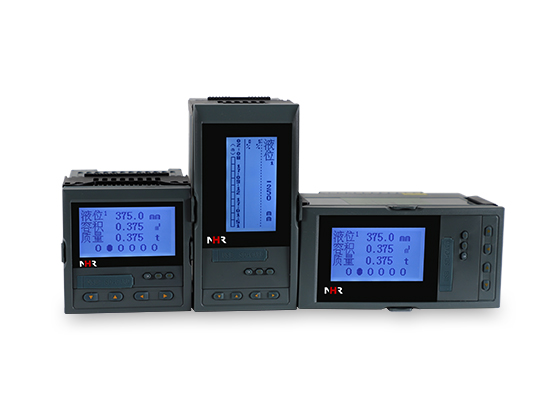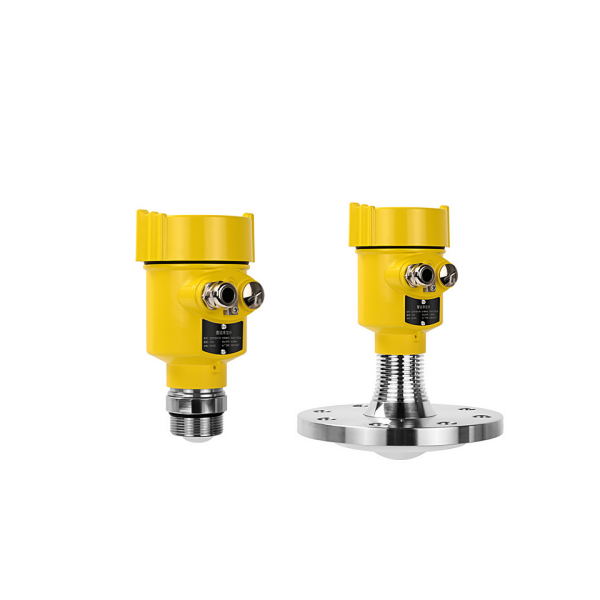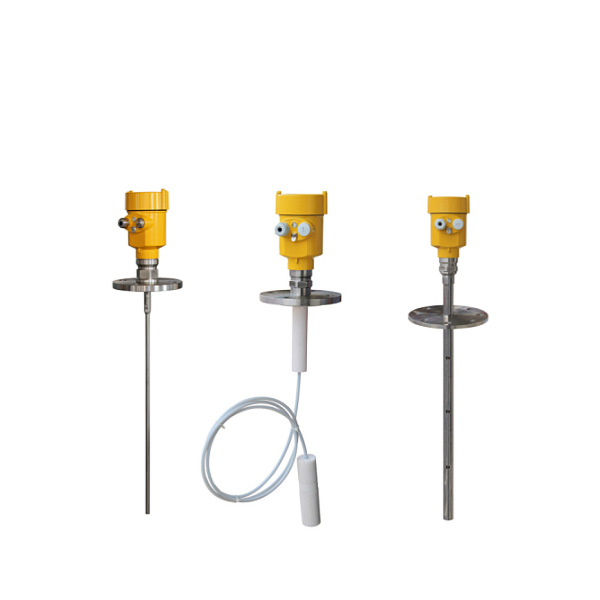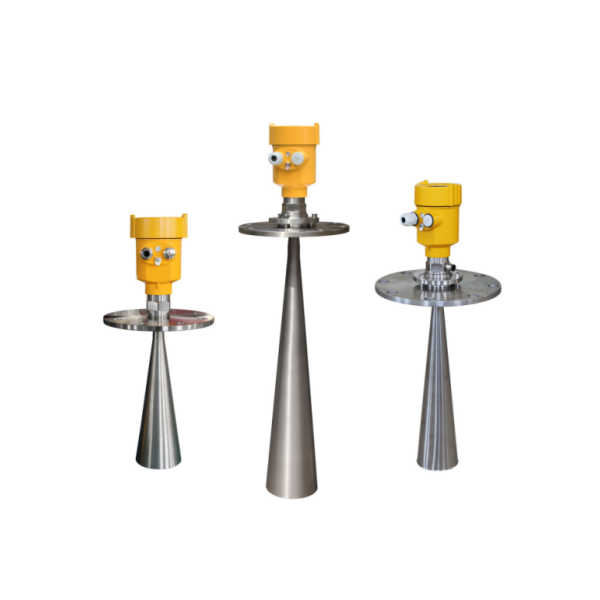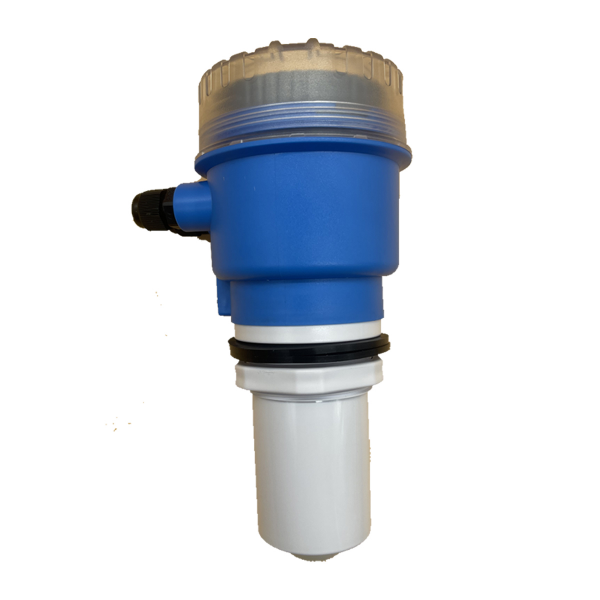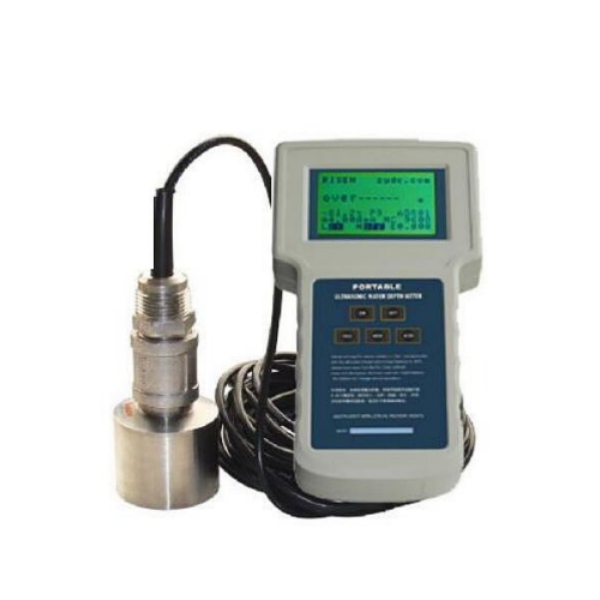What is an insertion flow meter?
Insertion flowmeter is a type of flowmeter divided according to structural form, which includes various flowmeters with different working principles.
There are many forms of insertion flow meters that have been popularized. According to the working principle of the detection head of the insertion flow meter, it can be divided into insertion turbine flow meter, insertion vortex flow meter, insertion electromagnetic flow meter, velocity averaging tube and thermal flow meter. Type flowmeter, etc.; according to the number of measuring points of the insertion flowmeter, it can be divided into two categories: point flow type and runoff type.
What is the difference between inline and insertion flow meter?
Insertion flow meter and inline flow meter are mainly distinguished by the different installation methods.
Insertion flow meters are suitable for temporary or semi-permanent flow measurement. The meter’s probe is inserted into the process pipe. One of the main advantages of the Insertion flow meter is that it is easy to install; in addition, for large-diameter pipes, the measurement cost is also more advantageous.
Inline flow meters are generally permanently installed on the measuring pipe. It is necessary to cut a section of the pipe and then install the flow meter. Compared with the Insertion flow meter, the Inline flow meter has higher measurement accuracy.

